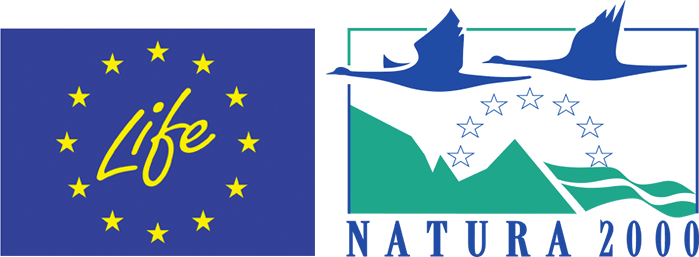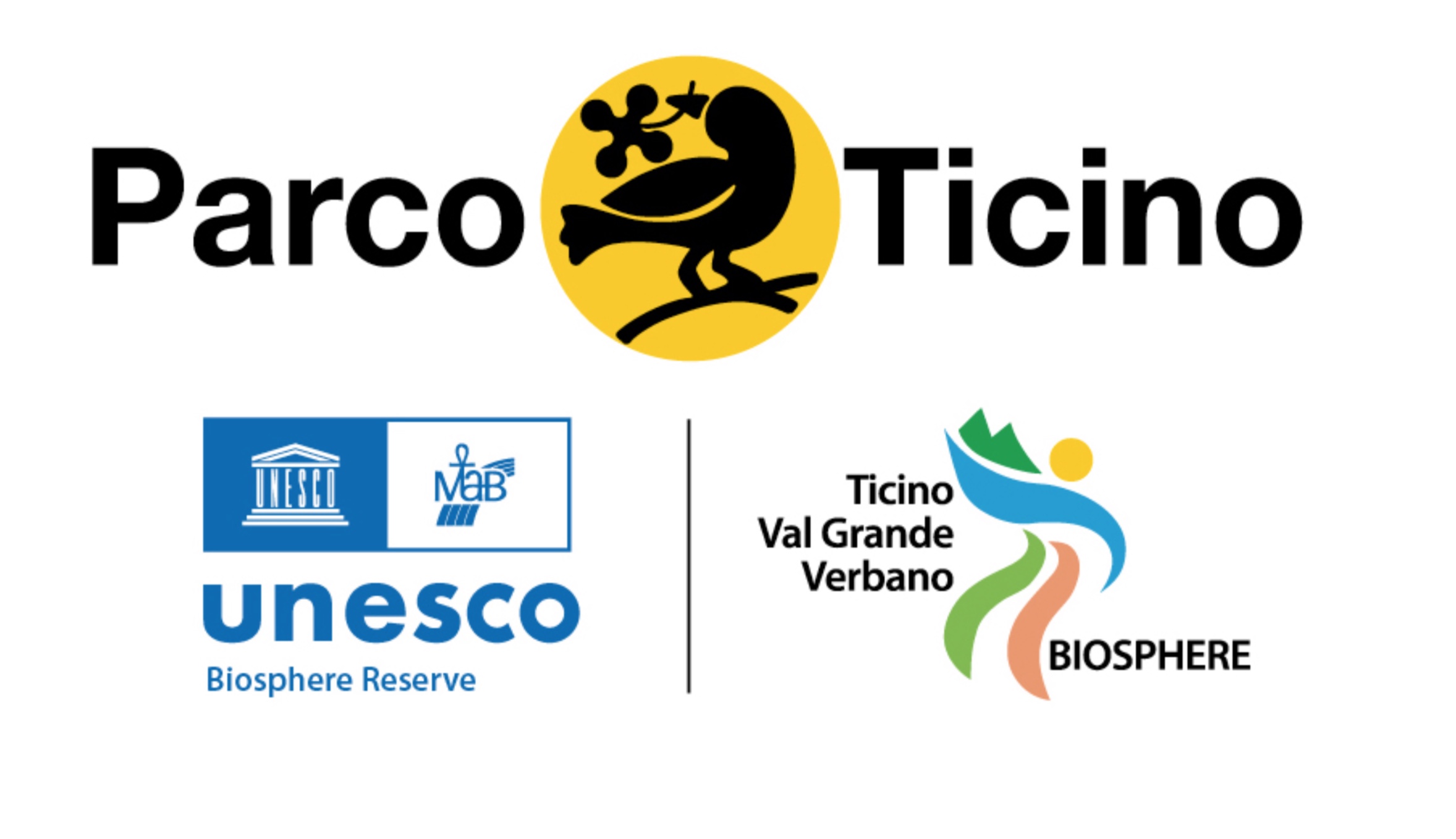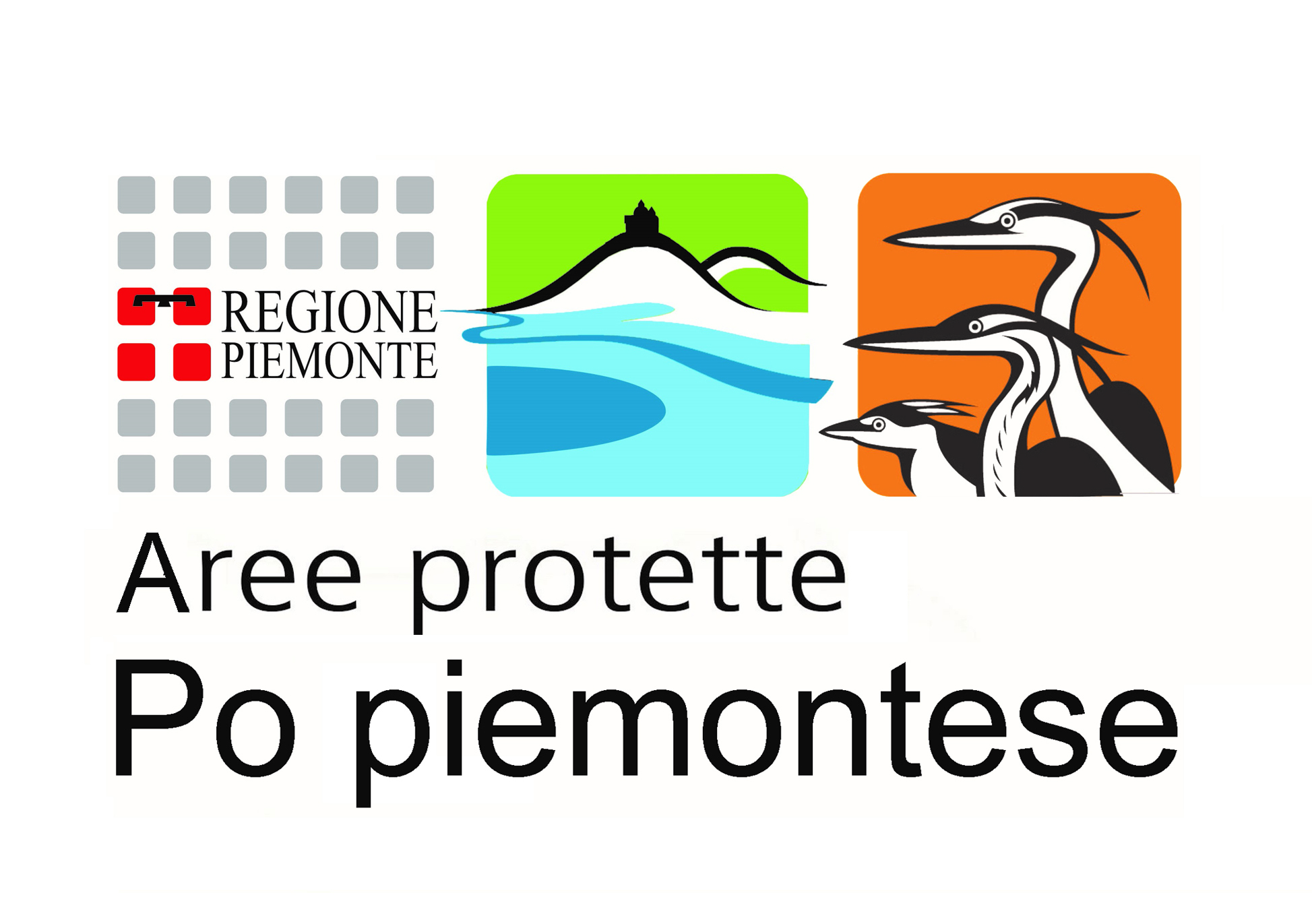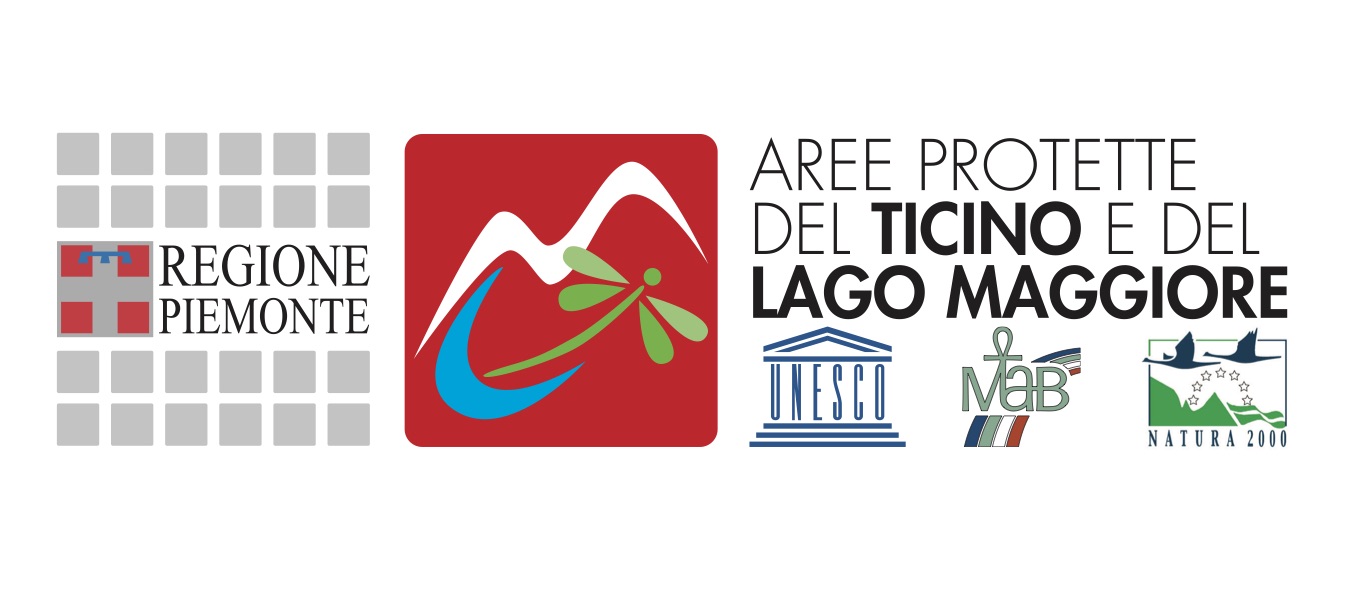ACTIONS
The list of actions required to achieve the project objectives is summarized below, with an indication of the main means involved:
A1 Executive planning of concrete actions including obtaining authorizations and publishing tenders.
A2 Detailed soil characterization in the project sites, including an update of hydro-morphological studies to exclude the risk of action failure in the areas of action.
A3 Staff training to support the execution of C-D actions, including 3 one-day training meetings and 3 one-day trips to the project areas.
B1 Land purchase (already agreed with the land owners) for the restoration of H6210 and 4030, respectively in SACs IT1180027 and IT2010010.
C1 Structural restoration of the target habitats (in SACs IT1150001, IT2050005, IT1120010, IT2010010, IT2010013,IT1120004) by means of: mowing and removal of herbs (H6210-4030); sod cutting (scraping of the surface soil in 6x5 m plots scattered in the intervention areas – H2330-6210); top soil inversion (burial of the surface soil under a layer of subsoil, in 6x5 m plots scattered in the intervention areas - H4030); planting of dense woody patches as ecotones between H2330-6210 and the surrounding forests; and cutting back of native woody species (maintaining the larger specimens, under which ecotone species can refuge).
C2 Removal of invasive woody species from the existing habitats (in SACs IT1150001, IT2050005, IT1120010, IT2010010, IT2010013), by means of: cutting down, removal of stumps, and endotherapy with plant protection products.
C3 Improvement of the floristic composition in the existing habitats (in SACs IT1150001,I T2050005, IT1120010, IT2010010, IT2010013,IT1120004), by means of introduction/restocking of typical habitat species: H2330 (Armeria arenaria, Centaurea deusta, Festuca filiformis, Jasione montana), H6210 (Dianthus carthusianorum, Festuca trachyphylla, Koeleria cristata), Hed4030 (Calluna vulgaris, Iris sibirica, Potentilla erecta, Gentiana pneumonanthe).
C4 Creation of new patches of the target habitats (in SACs IT1180027, IT1120010, IT2010010, IT2010013), by means of preparatory treatments (woody and/or herb cutting, sod cutting and/or top soil inversion) and distribution of suitable propagation material. Such propagation material will come from donor sites with ecological characteristics similar to the receptor site, using techniques already experimented in published studies or by the authors of the present project (surface sands rich in the seeds of typical species for H2330; harvested seeds for H6210; cuttings of Calluna for H4030).
C5 Production of guidelines for the management and monitoring of the target habitats, to be adopted obligatorily by the managing bodies of the SCAs involved in the project.
D1 Monitoring of the project’s impact on the ex-ante and ex-post conservation status of the target habitats, analyzing plant communities, biological soil crusts (BSC) and arthropods communities (particularly Lepidoptera and carabid).
D2 Monitoring of the project’s impact on the ecosystem services, evaluating the pollination service, the medicinal potential, the provision of ornamental plants, and the refugee function for BSC.
D3 Monitoring of the socio-economic impact of the project, evaluating recreational/educational activities, increase in work/occupation, perception of places (as Nature 2000 sites).
E1 Project communication, by means of: web site, Facebook, Instagram, flyers, information panels at the 3 managing bodies of project sites, starting project conference, final project conference.
E2 Project replication and transfer, through production and provision of guidelines for: the assessment of conservation status indicators of the target habitats; for the realization of educational activities aimed at the valorization of the target habitats; and for stakeholder involvement in the protection of the target habitat. This action also includes: consultancy to at least three subjects interested in the methods and results of the project; a coordination platform for public and private stakeholders; and training courses on management and monitoring of the target habitats.
E3 Networking with other Life or non-Life projects on similar topics, through: contacts with project managers and scientific directors for the exchange of experiences in the respective projects; visits to project sites; invitations to participate in the final conference; and publication on the project website of a page related to the other projects and initiatives with which networking has been established.
E4 Dissemination of content, through: local events, educational workshops, educational activities with schools (based on IBSE and hands-on methods), and a traveling exhibition.
E5 Publication of scientific papers and participation in scientific conferences.
F1 Project management (administrative, technical and financial management).
F2 Compilation of qualitative and quantitative indicators’ tables provided for in the reports.








